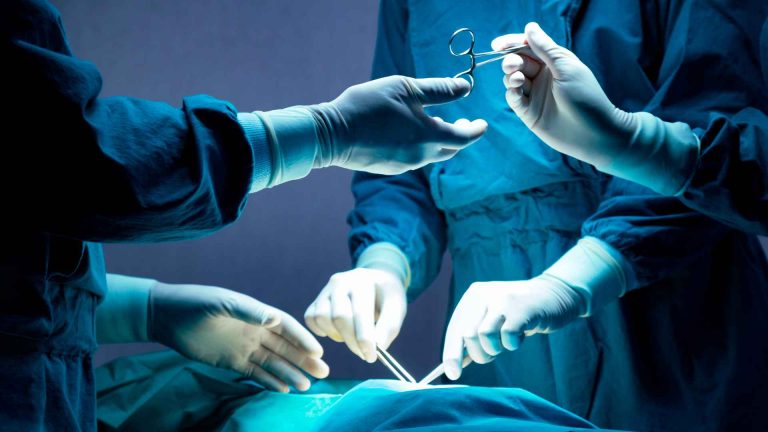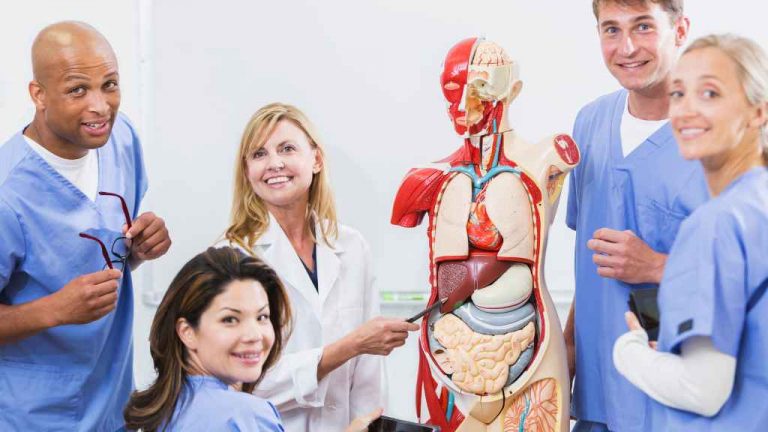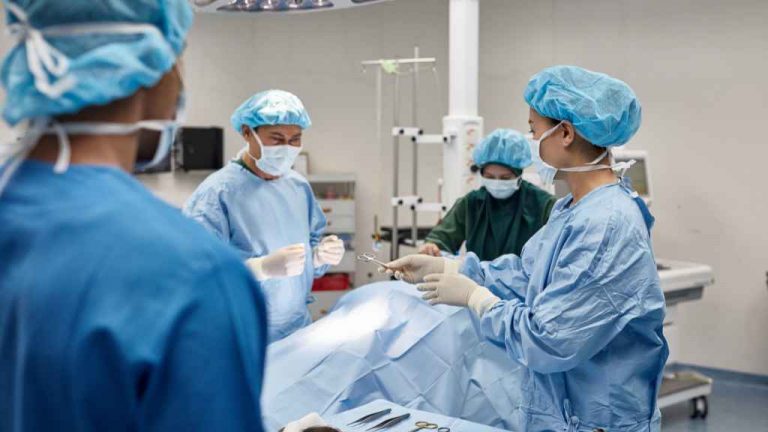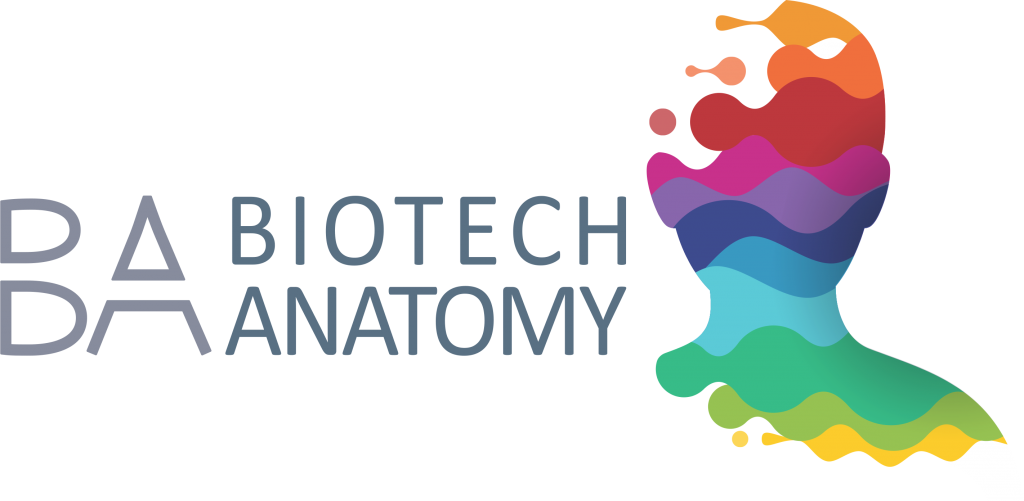Essential Dissection: Why Is it a Key in Medicine
Dissection has long been a cornerstone in medical education, a practice steeped in history yet as relevant today as it was in the Middle Ages. It’s the gateway to a hands-on understanding of the human body, a three-dimensional exploration that textbooks alone can’t provide.
Through dissection, we’ve witnessed firsthand the intricate relationships between organ systems and tissues, an experience that’s both humbling and enlightening. It’s a skill that’s honed through practice, offering a tangible connection to the complexities of human anatomy that’s vital for any aspiring medical professional.
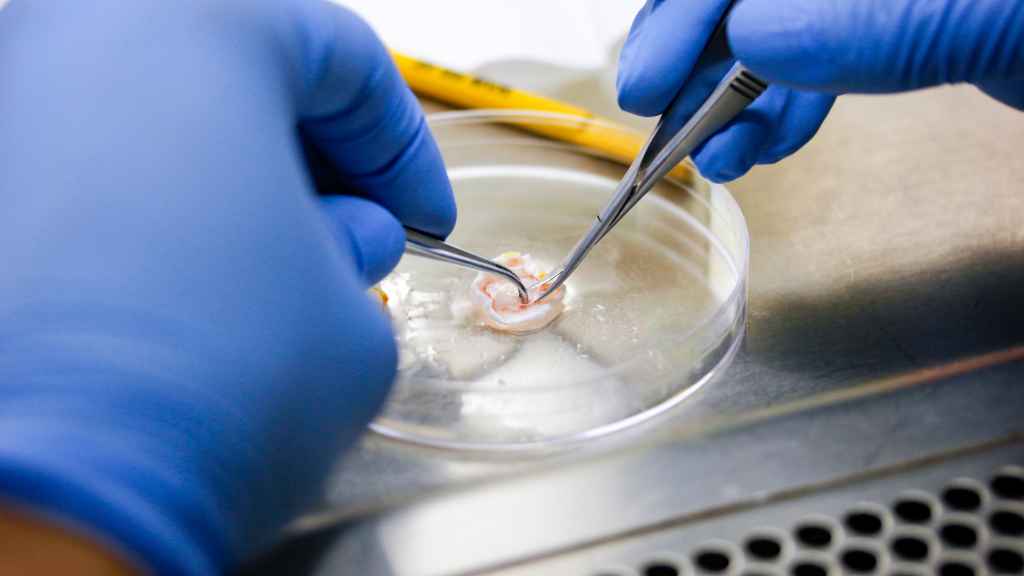
Importance of Dissection in Medicine
Dissection’s role in medical education can’t be understated. It’s where I first learned the tangible aspects of human anatomy, getting a literal feel for the textures and spatial arrangements that textbooks could never convey. Every medical student remembers their initial incision into cadaveric tissue; it’s a rite of passage, merging the theoretical with the palpable.
Here’s why dissection is undeniably significant in the field of medicine:
Real World Application: Through dissection, we’ve gained a profound appreciation for the actual complexity of organ systems. It’s not just about identifying parts; it’s about comprehending their interconnections and dependencies, crucial for accurate diagnoses and surgical interventions.
Skill Development: Just as an artist masters their brush, a medical professional must master the scalpel. Dissection teaches manual dexterity, an understanding of tissue consistency, and the hand-eye coordination necessary in surgical procedures.
Educational Legacy: Reflecting on history, the pioneers who valiantly shifted from mere recitation of texts to hands-on dissection laid the groundwork for modern medical pedagogy. Thanks to them, medical students are equipped with the knowledge and practice that books alone cannot provide.
Cognitive Skills: The process isn’t purely physical. Dissection exercises analytical thinking, problem-solving, and decision-making – skills we’ve found indispensable in our progression through the medical field.
And it goes beyond individual competency:
- Teamwork and Communication: Collaborating on a dissection fosters teamwork among students.
- Ethical Undertones: Engaging in dissection also instills a sense of respect for the human body and life, a foundational element in medical ethics.
In our experience, the significance of dissection isn’t just about honing in on a set of skills, but it’s about nurturing a comprehensive, skilled, and ethically aware medical professional. As such, it’s a practice that has and will continue to be a cornerstone of medical education.
Historical Significance of Dissection in Medical Education
Dissection has long been the cornerstone of medical education, a practice where scientific knowledge and skill development march in lockstep with humanistic attitudes. From the times of Andreas Vesalius, who meticulously detailed the human anatomy, to present-day medical schools, the role of dissection remains pivotal.
Our exploration into the past reveals a rich tapestry where dissection was the harbinger of medical advancement. The Early History of Human Anatomy and scholars like Singer and Lind highlight that dissection is more than a tradition; it’s the bedrock of medical knowledge. These historical accounts underscore a fascinating evolution—that from the Greeks to the era of Harvey, dissection was at the forefront, a bold venture into understanding life’s intricate machinery.
Here’s why dissection is so important in medicine:
- Visual Learning: Visual and tactile experiences during dissection cement organ system relationships in a way textbooks cannot. This multi-sensory engagement is crucial for retaining complex information.
- Analytical Skills: Dissecting fosters analytical thinking, as we’ve learned to observe and deduce the nuances of the human body, a skill instrumental in diagnostic acumen.
- Manual Dexterity: The intricate work honed our manual dexterity, a vital attribute for both surgeons and physicians.
- Real-World Application: The process has prepared countless medical professionals for the realities of surgery and patient care.
we’ve discovered that educational frameworks continuously adapt, integrating the latest cultural and scientific insights. Yet, dissection endures, its relevance undiminished by technological advances. In the balance of developing scientific knowledge and humanistic behaviors, dissection nurtures a profound respect for human life—essential for ethical medical practice.
Dissection’s legacy in medical education is a testament to its enduring importance. It remains a key rite of passage, a formative experience where fledgling doctors uncover the mysteries of the human body.
Through this ritual, students don’t just learn anatomy; they become intimate with the tissue of life, understanding its fragility and resilience.
Our journey through medical history affirms that the impact of dissection in education is not merely to impart knowledge but to shape a mindset—one that fuses the art and science of medicine.
Hands-on Learning Experience
When exploring why dissection is important in medicine, one can’t overlook the irreplaceable value of hands-on learning. For medical students, nothing replicates the complexity and intricacy of human anatomy quite like dissection. It’s not just about seeing the structure of the human body but about engaging all senses in the learning process.
Dissecting a cadaver is like holding a story in your hands. Each layer peeled back, every organ inspected, and every nerve followed tells a tale of life’s inner workings. The tactile experience of holding a heart or examining the weave of muscles and tendons fosters an intimate understanding of human biology that textbooks alone could never convey. For me, these moments are where knowledge shifts from theoretical to practical.
This hands-on approach cultivates a three-dimensional understanding of how the body’s structures and organs interrelate. By physically seeing and touching these components, students gain a unique perspective that significantly benefits their future in clinical practice. It’s this level of engagement that prepares them for the real-world challenges they’ll encounter in surgery and patient care. It moves beyond theoretical knowledge to a tangible grasp of the human body.
In the context of medical education, dissection is pivotal in developing critical surgical skills. It allows students to practice procedures and understand spatial relationships between organs, something that no simulation or virtual model can fully replicate. By handling real tissues, students learn how to maneuver instruments and anticipate the feel of different tissue types.
For those wondering why dissection is important in medicine, it’s clear that dissection is more than an educational tool—it’s a bridge between learning and doing. It’s the difference between understanding a concept and being able to apply it when it matters most. Students trained in dissection enter the workforce as better-prepared professionals, equipped with firsthand experience that elevates their capacity to heal and innovate.
Engaging with real human anatomy through dissection solidifies complex medical knowledge, ensuring that as we move forward in our careers, we’re not just performing tasks—we’re understanding the human element involved. This depth of learning is crucial for anyone devoted to advancing medical science and patient care.
Understanding Organ Systems and Tissues
When we delve into why dissection is important in medicine, we must consider the complexity of the human body. Dissection provides a clear and tactile experience, allowing me to explore the intricate connections between organ systems and related tissues. Much of medical knowledge is predicated on an integrated understanding of these systems, which only dissection can authentically provide.
Firstly, dissecting a cadaver isn’t about simply observing; it’s about engaging with a real human body in a way that textbooks and 3D models can’t replicate. As I trace nerves across organs and through limbs, or examine the layers of blood vessels, I gain a profound appreciation for the robust yet delicate nature of human anatomy.
Consider the cardiovascular system, a network of chambers and vessels that’s as complex as any city’s infrastructure. It’s only through dissection that I can truly appreciate the way blood flows, how tissues are supplied, and what real cardiac muscle looks like. Without this hands-on practice, these details remain abstract and are easily forgotten.
System | Benefit of Dissection |
| Cardiovascular | Visualizing blood flow paths |
| Musculoskeletal | Understanding joint mechanics |
| Nervous | Tracing nerve pathways |
In the tactile experience of a dissection lab, we’re forced to confront challenges that only arise in such a setting. For instance, differentiating between types of tissue by touch and sight alone, or maneuvering instruments in tight spaces. These are skills that are essential in surgery and other medical procedures, and can’t be learned from a screen or a lecture.
Skills like this underscore another reason why dissection is crucial in medical education. It shapes a sense of spatial awareness and dexterity that’s foundational for any aspiring physician or surgeon. There’s an unbridgeable gap between reading about a technique and actually performing it on tissues that respond like those of a living patient. Dissection bridges that gap.
Lastly, understanding the physical interaction between tissues – how they sit within the body, how they feel, and how they can change in various states of health and disease – is an invaluable aspect of medical training. It underscores the tactile and spatial knowledge that underpins all diagnostic and therapeutic procedures in medicine.
Developing the Skill of Dissection
Dissection holds a significant place within medical education, and we’re here to delve into why dissection is important in medicine. Practicing dissection before entering the surgical scene is critical. It bridges the gap between theoretical learning and hands-on application, fostering invaluable skills that will be used throughout a medical professional’s career.
Learning to proficiently handle tools like scalpels during dissection enables future surgeons to hone their fine-motor skills. Cutting with precision, approaching delicate tissues, and managing complex instruments are just the tip of the iceberg. Being adept in these techniques is pivotal in surgeries where one wrong move can have irreversible consequences.
Furthermore, the strength of dissection lies in improving spatial reasoning. Surgeons must possess an almost intuitive understanding of the human body’s geography. Through dissection, medical students develop the aptitude to visualize layers beneath the surface, something no textbook can impart effectively. Tracing a nerve through muscle and fascia or pinpointing an artery within a crowded field are not just skills; they’re weapons in a surgeon’s arsenal.
In the backdrop of a digitally dominant world, Computer-Assisted Learning (CAL) systems are vital precursors to physical dissection. They enable students to grasp anatomy detailing — from cellular structures to complex organ systems — across various species. This layered approach to learning, complemented by tools such as detailed anatomy images and recorded dissections, prepares students to get the most out of their dissection experiences. With CAL, I understand that students can revisit complex systems multiple times, ensuring a strong anatomical foundation.
But it’s not just about slicing and dicing. Dissection teaches medical students the nuance of identifying tissue types and navigating around vital structures, both by sight and touch. These practical sessions expose them to the reality of human variation — an aspect so crucial when no two patients are identical in the operating room. It’s this exposure, this realness of human anatomy and the responsibility that comes with handling it, that cements dissection as an indispensable educational tool.
The benefits also transcend into non-medical fields, aiding engineering students in dissecting machines to understand their inner workings. The common thread is the development of problem-solving skills — another cornerstone in a surgeon’s career.
Conclusion
Dissection stands as a cornerstone of medical education, equipping students with essential skills that transcend textbooks. It’s this hands-on practice that hones their abilities to navigate complex anatomical landscapes with precision. Through dissection, we’ve seen firsthand how students gain a profound respect for human diversity and the intricacies of the body. It’s clear that while technology enhances learning, there’s no substitute for the tactile and visual insights gained from real dissection.
As future medical professionals, students must be prepared for the unpredictable; dissection is the training ground where they learn to combine knowledge with adaptability. It’s an educational experience that truly embodies the art and science of medicine.

